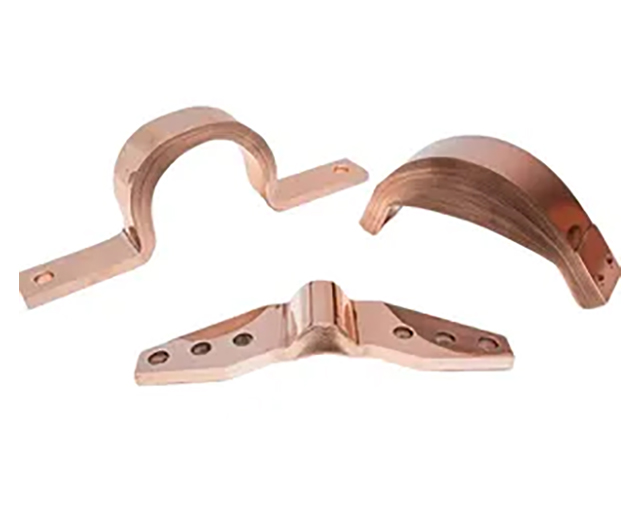2025-11-13 12:05:14
Bus bars are metallic strips or bars used in electrical systems to conduct large amounts of current efficiently. Unlike conventional wires, bus bars provide a centralized path for power distribution, making electrical systems more organized and reliable. They are typically made of copper or aluminum for superior conductivity and mechanical strength.

A bus bar is a flat, solid, or flexible metal strip that acts as a main conductor within switchgear, distribution boards, substations, and other electrical devices. It connects multiple circuits and allows electricity to flow safely and efficiently.
Bus bars serve several critical functions in an electrical system:
Power Distribution – Efficiently transfers electricity from one source to multiple circuits.
Simplification of Wiring – Reduces the number of wires, saving space and lowering complexity.
Current Carrying – Can handle high current loads without excessive heating.
System Reliability – Ensures stable electrical connections and reduces maintenance issues.
Bus bars can be classified based on material, structure, or flexibility:
Copper Busbar – Excellent electrical conductivity, corrosion resistance, and mechanical strength.
Aluminum Busbar – Lightweight, cost-effective, suitable for medium current applications.
Flexible Busbar / Flexible Copper Busbar – Braided or laminated design for vibration resistance and easy bending in compact installations.
Solid Busbar / Solid Copper Busbar – Rigid structure for high-current, heavy-duty systems.
Insulated Busbar – Coated with PVC, epoxy, or other insulating materials for safety and compactness.
A bus bar system is an assembly of bus bars with supporting insulators, connectors, and mounting structures. It serves as the backbone of power distribution within switchgear, panels, battery banks, or renewable energy systems. Components of a bus bar system include:
Conductive bus bars (copper or aluminum)
Insulation materials (PVC, epoxy, or heat-shrink coatings)
Connectors and fasteners
Mounting supports and protective covers
Bus bars are widely used across various industries:
Power Substations – For high current transmission and distribution.
Switchgear & Control Panels – Organizing and distributing electricity safely.
Battery Systems – EV battery packs and energy storage systems.
Renewable Energy Systems – Solar panels and wind turbines.
Data Centers & UPS Systems – For reliable and high-capacity power delivery.
Industrial Machines & Factories – High current distribution for heavy equipment.
High current capacity for heavy loads
Reduced energy loss due to low resistance
Compact, organized, and space-saving layout
Enhanced heat dissipation
Easier installation, maintenance, and inspection
Reliable and long-lasting electrical performance
Bus bars are essential components in modern electrical systems. They efficiently distribute electricity, reduce wiring complexity, handle high current safely, and improve system reliability. Whether you use copper busbar, aluminum busbar, or flexible copper busbar, implementing bus bars ensures optimal performance in industrial, commercial, and renewable energy applications.